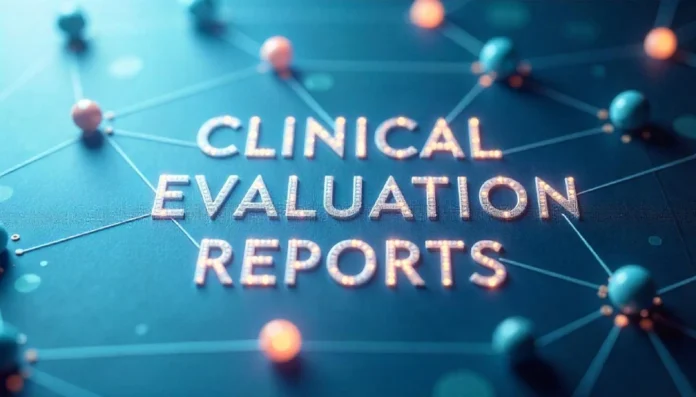Medical devices have transformed modern healthcare — from wearable diagnostics and implantables to surgical robotics and rehabilitation tools. However, innovation alone isn’t enough to bring these technologies to patients. Behind every successful device is a rigorous clinical evaluation process, ensuring it meets safety, performance, and regulatory standards. One of the most critical components of this process in the European Union is the Clinical Evaluation Report (CER).
The CER for a medical device is more than a regulatory requirement; it is a strategic document that validates a product’s market readiness and ongoing compliance.
What Is a CER and Why Does It Matter?
A Clinical Evaluation Report is a structured scientific document that compiles all available clinical data on a medical device. It demonstrates that the device achieves its intended purpose, does so safely, and performs as claimed. Under the EU’s Medical Device Regulation (MDR), a CER is mandatory for all device classes — from low-risk wearables to high-risk implantables.
Unlike pre-2021 directives, today’s MDR-compliant CER must:
- Include a systematic literature review and/or clinical investigation data
- Address benefit-risk analysis based on clinical performance
- Be updated throughout the product lifecycle, not only at initial submission
Medical device manufacturers cannot simply submit technical specifications or marketing claims — they must provide real-world, statistically valid evidence that their devices work, are safe, and improve outcomes.
What Does a Strong CER Include?
An effective CER requires careful coordination among regulatory affairs professionals, clinical research teams, and medical writers. This is not a one-size-fits-all document; its structure and depth depend on the device’s class, intended use, and risk profile.
Key components of a compliant CER medical device file include:
- Clinical Background: Scientific rationale for the device’s function, supported by current medical literature
- Equivalence Analysis: Comparison with similar devices, if applicable
- Clinical Data: Results from clinical investigations, observational studies, or published sources
- Risk-Benefit Assessment: A detailed analysis of the device’s risks and its clinical benefit profile
- Post-Market Clinical Follow-up (PMCF) Plans: Ongoing strategies for monitoring safety and performance
Many manufacturers also incorporate patient-reported outcomes, usability data, and real-world evidence into their CER to strengthen their submission.
List of Common CER Pitfalls to Avoid:
- Inadequate documentation of clinical literature searches
- Overreliance on outdated or low-quality data
- Weak linkage between intended use and clinical endpoints
- Lack of a clear PMCF strategy
- Poor traceability of revisions and data sources
How CER Fits into the Broader Regulatory Picture
The CER doesn’t stand alone — it is part of the larger Technical Documentation required under MDR. Its findings must align with other sections, such as the Risk Management Report, Labeling, and the Summary of Safety and Clinical Performance (SSCP).
Moreover, Notified Bodies now emphasize the CER during conformity assessment. A weak or non-compliant CER can delay approval or even lead to market withdrawal.
That’s why early planning is essential. Manufacturers that begin drafting and updating their CERs well before submission are more likely to meet review timelines and reduce costly rework.
What Are the Implications for Post-Market Success?
Regulatory approval is just the beginning. Under MDR, manufacturers must maintain the CER throughout the product’s life — updating it with new clinical evidence, PMCF results, and changes in medical standards. This means that the CER becomes a living document that reflects real-world performance over time.
A strong CER offers several advantages beyond compliance:
- Provides clinical justification for marketing claims and labeling
- Facilitates expansion into new indications or markets
- Supports investor confidence and due diligence
- Enhances audit readiness and transparency
Strategies for Long-Term CER Excellence
To stay compliant and competitive, manufacturers should consider:
- Establishing a CER lifecycle management team
- Automating literature reviews and data extraction where possible
- Incorporating patient registries and digital health tools into PMCF
- Scheduling regular CER updates tied to product milestones or new data
As medical technologies become more complex and data-driven, the CER will only grow in importance. Treating it as a regulatory formality is a missed opportunity — when done well, it’s a strategic asset.



